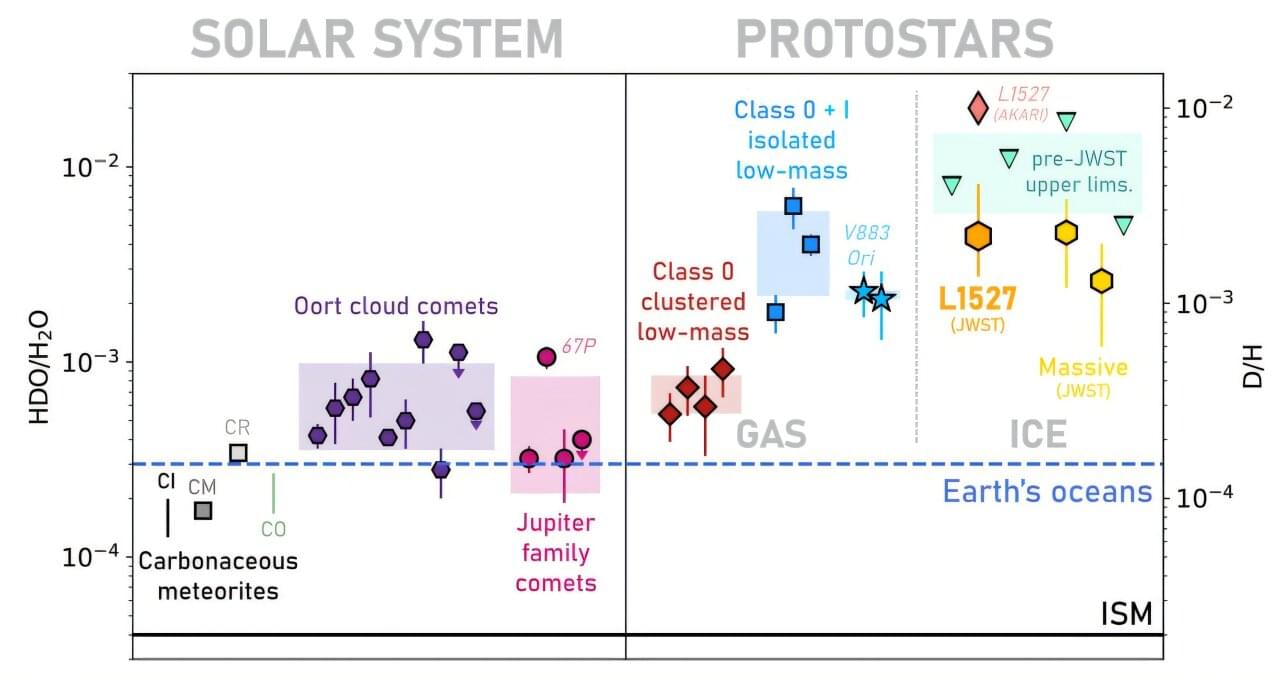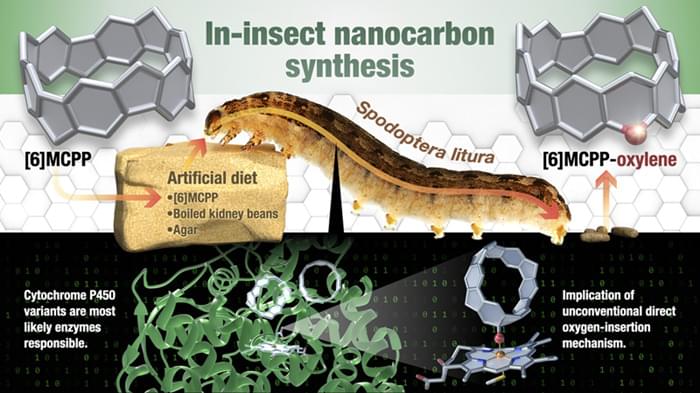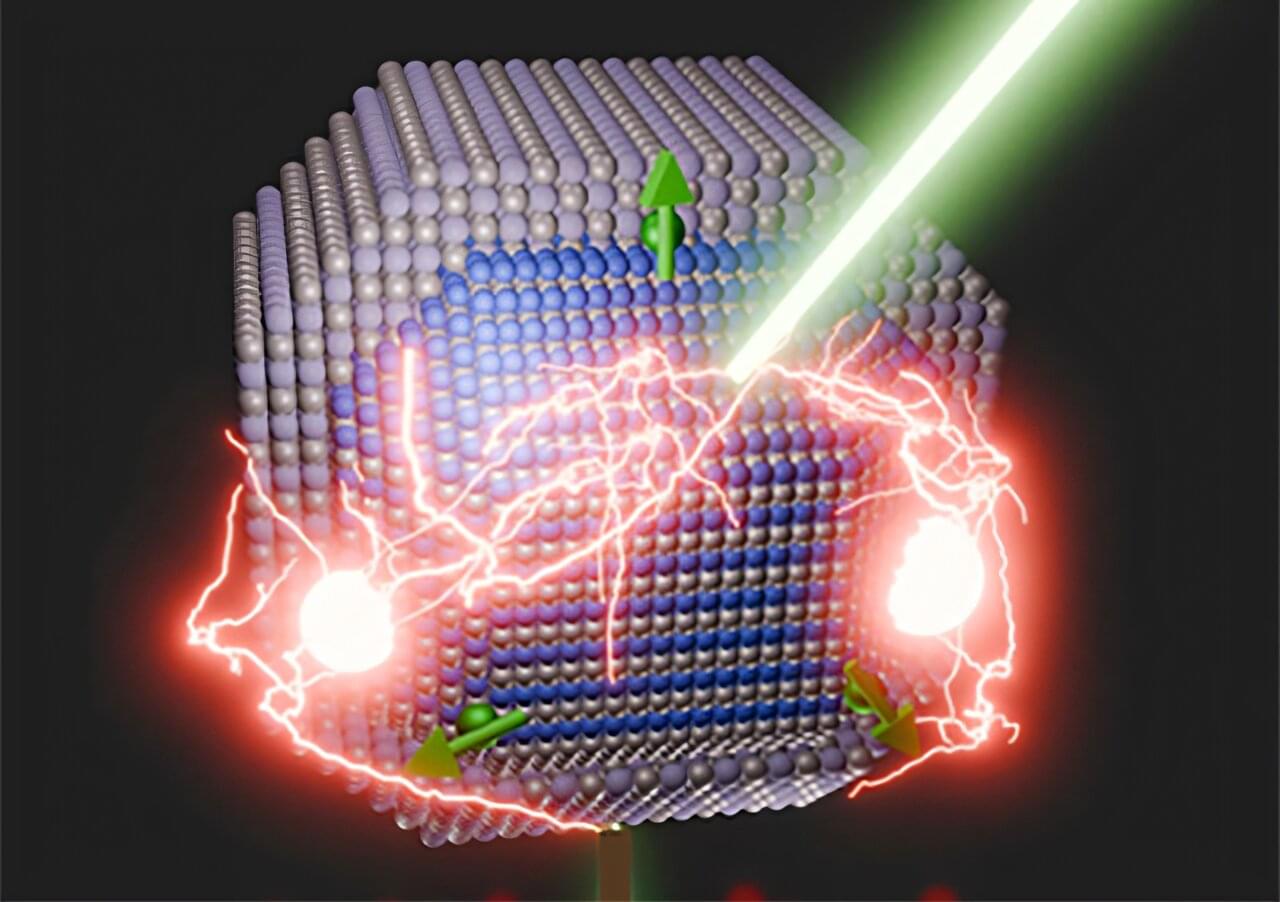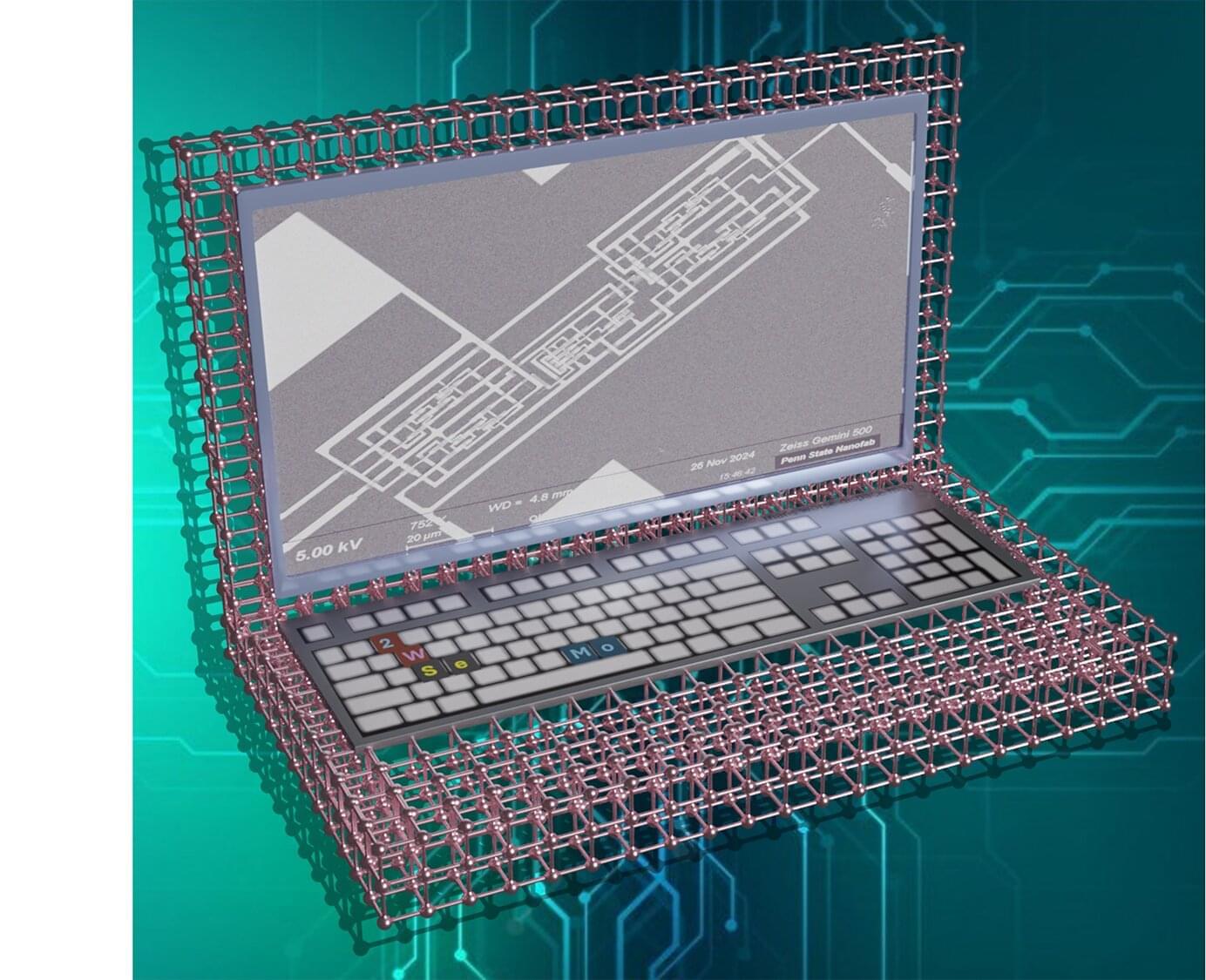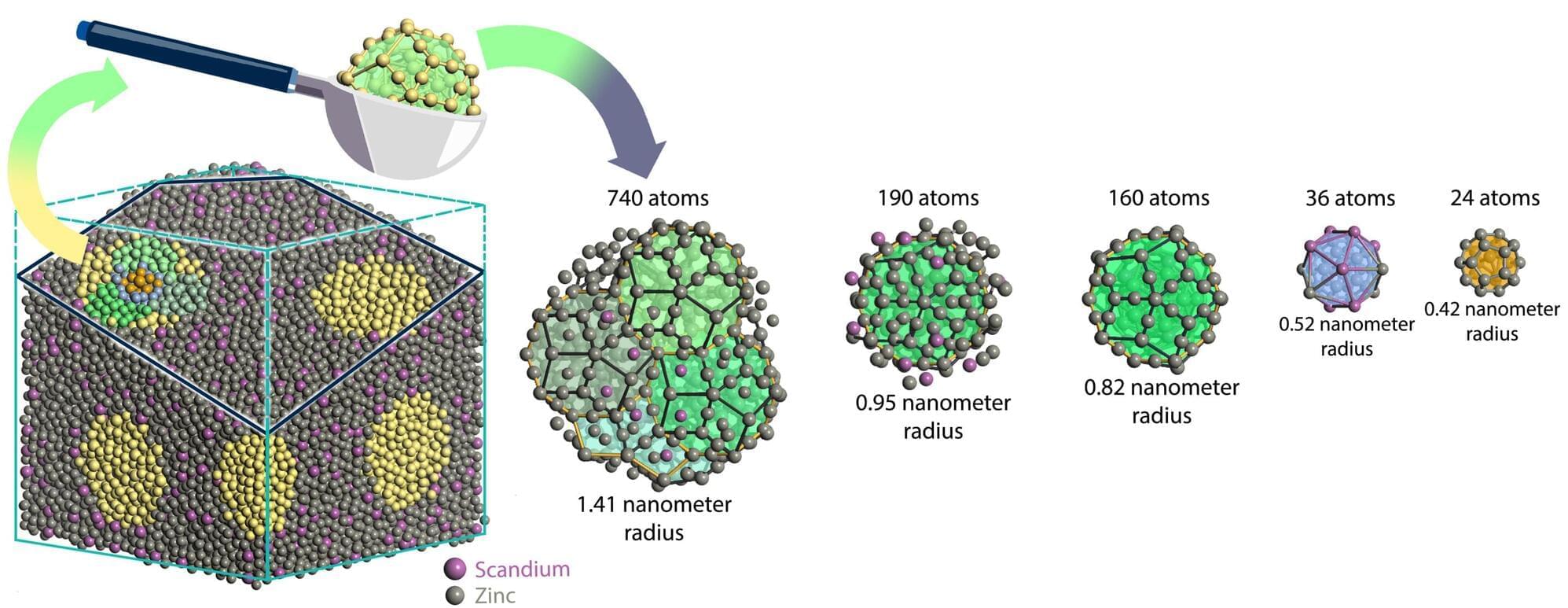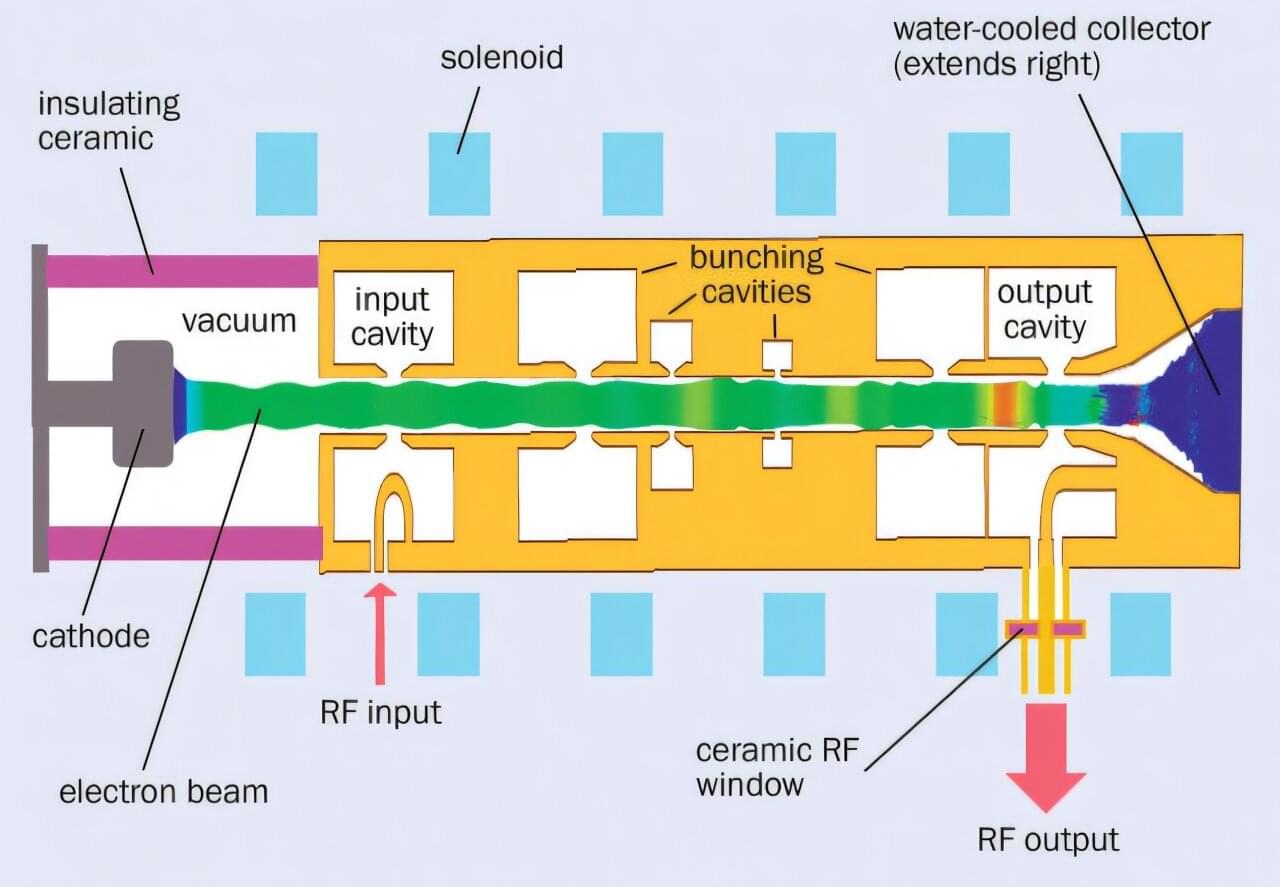The Standard Model of particle physics, our best guide to the building blocks of nature, once claimed neutrinos were massless. But that turned out to be wrong. Neutrinos do have mass—just an incredibly tiny one. So far, though, no experiment has measured that mass directly. That’s where the KATRIN experiment comes in.
KATRIN stands for the Karlsruhe Tritium Neutrino Experiment. It’s based in Germany and stretches nearly 70 meters, or about 230 feet—longer than a Boeing 747. Published in the journal, Science, the experiment uses a radioactive form of hydrogen called tritium, which naturally decays into helium. When this happens, it releases an electron and a neutrino.
By measuring the energy of the electron, scientists can figure out how much energy the neutrino took away. This helps them estimate the neutrino’s mass. The trick is, this has to be done with extreme accuracy. That’s why KATRIN includes one of the world’s most advanced spectrometers, which is 10 meters wide and filters out unwanted particles with precision.

